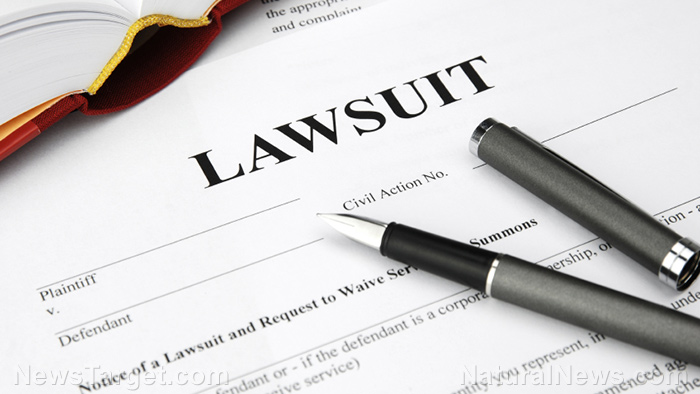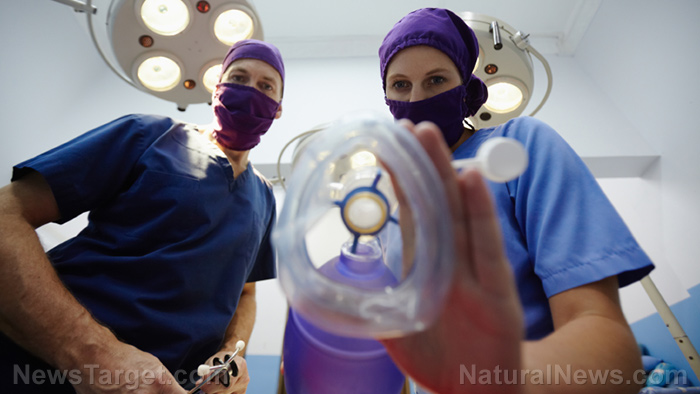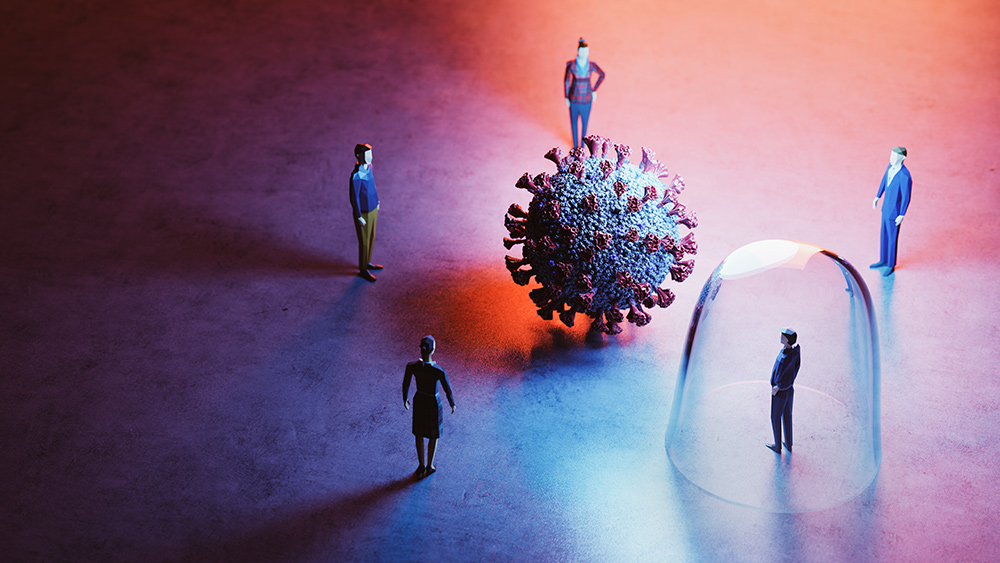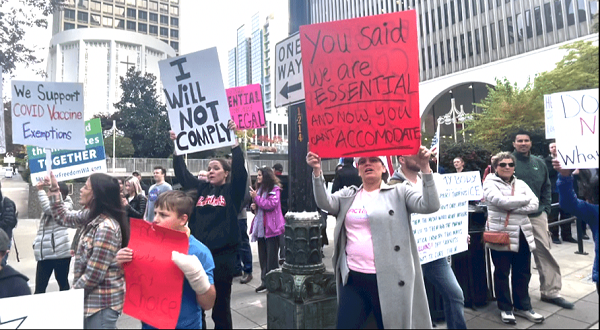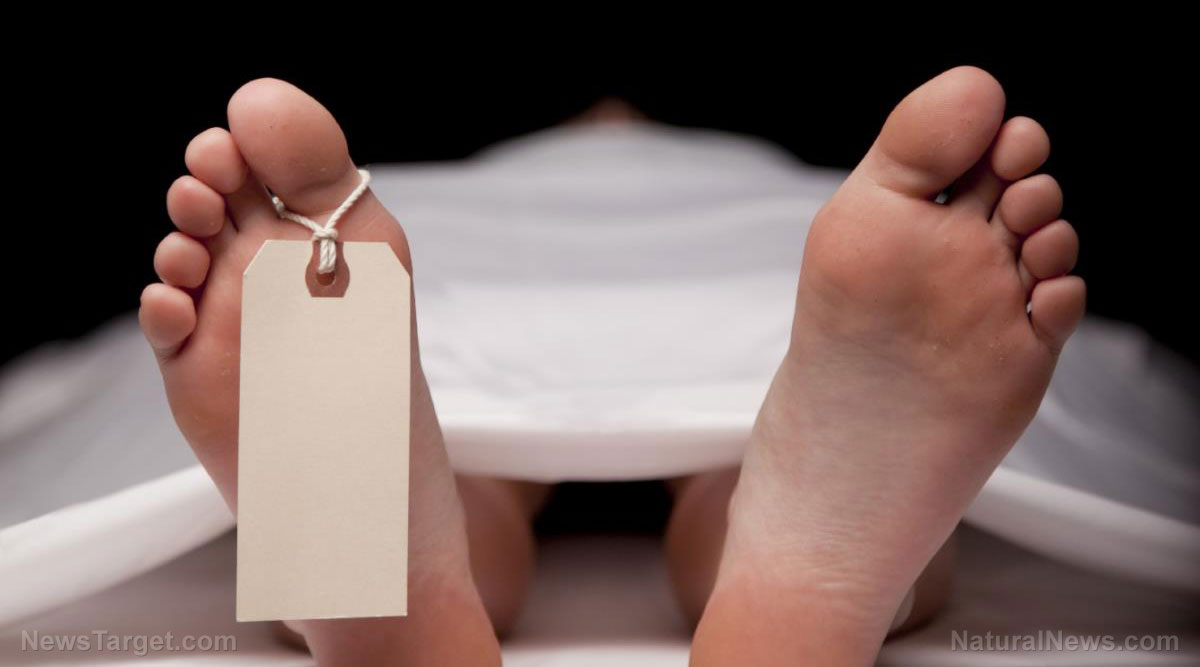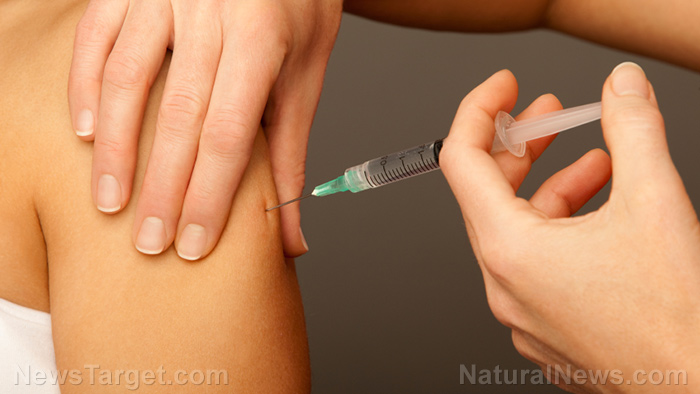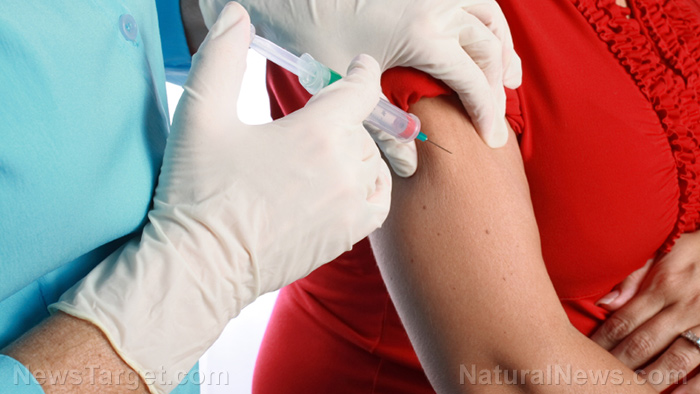Locked down under: Nearly 12 million Australians forced to stay at home to comply with yet more covid hysteria
07/01/2021 / By Nolan Barton

Nearly 12 million Australians in Greater Sydney, Southeast Queensland, Perth, Darwin and Alice Springs were forced to stay at home as the more contagious Delta variant found its way to Australia.
On Saturday, June 26, New South Wales Premier Gladys Berejiklian announced a two-week lockdown in the Greater Sydney region as the city reached 110 cases of the highly infectious strain that first emerged in India.
“Given how contagious this strain of the virus is, we do anticipate that in the next few days, case numbers are likely to increase beyond what we have seen today,” Berejiklian told a news briefing in Sydney the following day.
The restrictions require people to stay home for at least 14 days. People can only go out to buy essential goods, obtain medical care, exercise, go to school and go to work or if they are unable to work from home. (Related: Lockdowns BACKFIRE: Areas with most aggressive covid lockdowns saw highest infection numbers.)
Australia had enjoyed relative normality for much of the coronavirus (COVID-19) pandemic, but a slow vaccine rollout and holes in the hotel quarantine program have seen millions living a very different life.
Photos of an abandoned city revealed empty streets and deserted shops. Restaurants, bars and cafes were shuttered as stay-at-home orders were extended across Sydney, including in the coastal and mountainous regions surrounding the city.
Tents in the city’s center prepared to host the popular event “Winter in the Domain” were standing empty. The festival experience held in the Royal Botanical Gardens has been postponed as a result of current restrictions and state border closures.
Lockdown order comes as countries with far more COVID-19 cases lift restrictions
The hard-lockdown comes as Americans and Britons – who have endured months of restrictions – are out enjoying concerts, summer holidays and sports matches after successful vaccine rollouts. Curiously, the U.S. and the UK are still reporting far more new COVID-19 cases than Australia. There were 13,775 new infections reported in the U.S. and 25,606 in the UK on Wednesday, June 30.
That same day, Australia added 48 new cases to its total. In fact, the combined new infections in the U.S. and the UK on that day (39,381) exceeded the total number of COVID-19 infections in Australia since the start of the pandemic (30,643).
On Monday, June 28, Berejiklian said that her state can “start a conversation” about how to live alongside COVID-19 without restrictions once 80 percent of adults are vaccinated. “COVID-19 might be around for a long time. You do need to look at what life looks like because what we want to do is to prevent having to go into lockdown ever again,” she said.
Berejiklian reiterated that vaccination would provide the key for returning to normal and that tougher restrictions would be required until most of the population had been vaccinated.
“We know this very contagious strain of the virus is something we’ve not dealt with before in this way and therefore we will need to consider what COVID life looks like between coming out of the lockdown and also when the vast majority of our population is vaccinated,” she said. “The sooner our population is vaccinated, the sooner we can get to normal.”
Less fully vaccinated people, less COVID-19 deaths
Australia has recorded just 910 deaths in its population of 25 million, one of the lowest per capita death tolls in the developed world, despite having just over 4 percent of its adult population fully vaccinated. That’s far behind the 46 percent in the U.S. and 47 percent in the UK, according to Our World in Data.
The country has also confronted an increasing number of small outbreaks in recent months. In Sydney, more than a hundred COVID-19 cases have been reported since a driver for an international flight crew tested positive to the Delta variant in mid-June. The caseload includes 30 new cases reported on Sunday, June 27.
Health authorities said contact tracers were now racing to get in touch with airline passengers after discovering that an attendant on several flights across the country had become infected in Sydney.
Compounding the problem is the hesitancy towards COVID-19 vaccines among Australians. (Related: US government spends extra $3 billion on vaccine hesitancy propaganda ads – as vaccine deaths surpass 5,000.)
One survey found that 15 percent of adults were “not at all likely” and 14 percent were “not very likely” to take a vaccination in the months ahead. The survey was taken after an April ruling that the Oxford-AstraZeneca vaccine was linked to blood clots.
Follow Pandemic.news for more news and information related to the coronavirus pandemic.
Sources include:
Tagged Under:
RECENT NEWS & ARTICLES
BadMedicine.News is a fact-based public education website published by BadMedicine News Features, LLC.
All content copyright © 2019 by BadMedicine News Features, LLC.
Contact Us with Tips or Corrections
All trademarks, registered trademarks and servicemarks mentioned on this site are the property of their respective owners.




